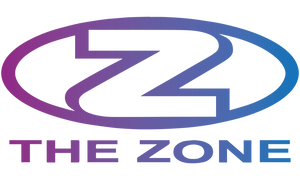
Has your Gym been closed for the next couple of weeks and you cannot continue your scheduled training sessions? That is of course a real shame but please make sure that you stay fit and active in the meantime!
So that you do not get bored and out of shape we have gathered a few ideas on how to train at home.
Your “real“ training on movements and elements that you have not fully mastered yet, will unfortunately have to wait for now as the danger of injury is just too high. Your living room is just not the same as the gym floor: The floor space you have available and also the lack of mats, chip pits etc will limit you in what you can do and remember you do not have a professional teacher there to help, support and correct you.
But that should not stop you from doing as much as you can to stay in form.
Stretching
You should stretch several times throughout the week to keep your flexibility high. You should know the appropriate exercises from your normal training. The most important are: All 3 versions of the splits, the bridge, shoulder exercises, ankle joints and hamstrings, straddle position and squats.
The best thing is: You can watch your favourite TV program while you are stretching and, in a few weeks, you can surprise your teacher with an amazing over split.
Strength Training
Strength training is the be all and end all of gymnastics. You can find out how you can optimise your strength training at home in our next blog. We will give you 2 great workouts that you can do at home with no need for any equipment.
Basics
You can always practise the basics at home. For example: Turns and Headstands. Headstands are one of the most important elements of gymnastics. Headstand standing, headstand turning, Swiss headstand and many more. To practise the headstand, you do not need any equipment or the gym, so it is an ideal training session at home.
Conditioning
Great condition and endurance are essential for your floor exercises. To build your stamina you can go cycling, running, roller-skating, do some rope jumping or just go for a walk with a good friend - all of these will help to build up your condition.
Fascia training
Regular fascia training, for example with a tennis ball or fascia roll, is important for your recovery and should be a part of your daily routine. Even if you cannot go to the gym for a few weeks: Do not stop your facia training, it is essential to keep it up.
Choreography
If you have a finished or mostly finished choreography for your beam and floor exercises then you can practise your routine ( as far as possible without the equipment ) at home to make the transitions second nature. If you haven’t got a full routine yet than this is the ideal time to develop one and to collect ideas.
Mental Exercises
Mental training – especially visualising techniques –during a break in your training program are a great way to develop a strong mind. This can help you in the future to cope with stressful situations, like competitions or with your ability to remember your routine and choreography during a performance.
